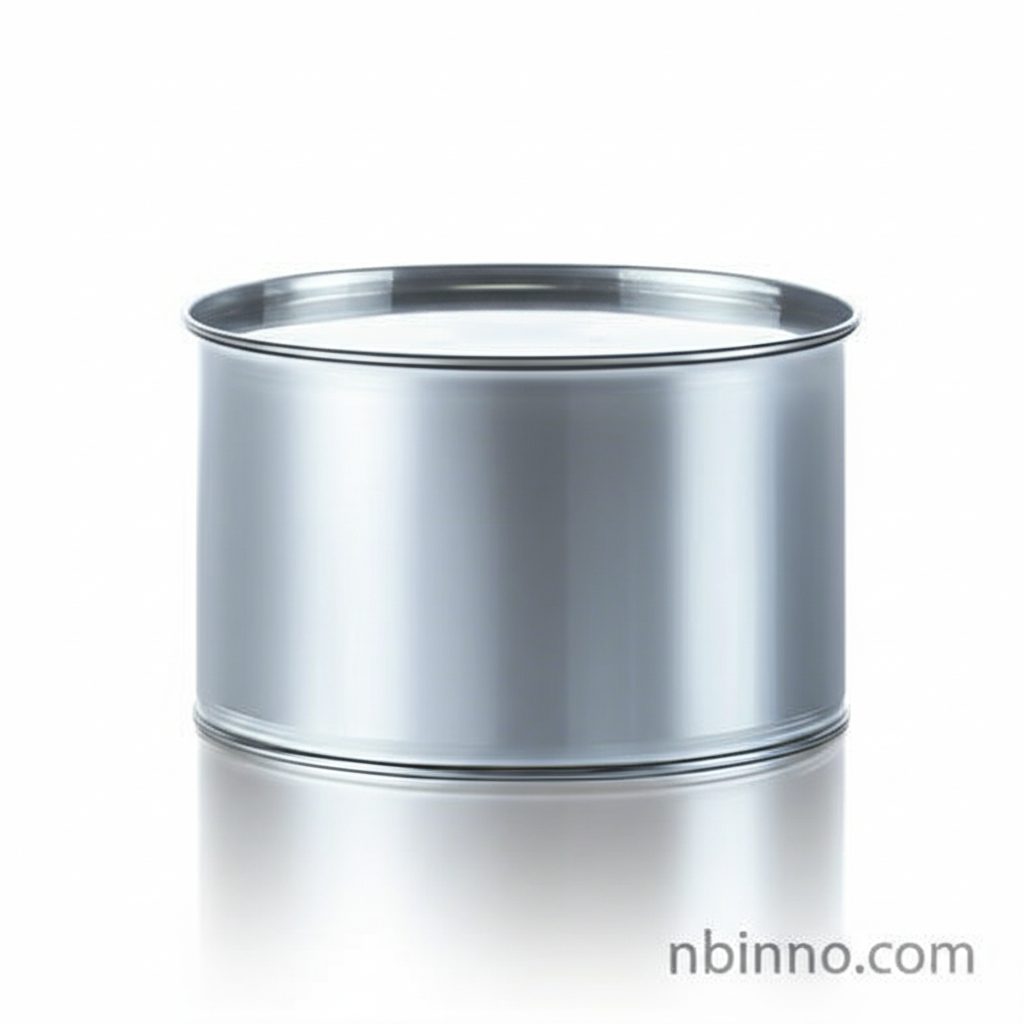Optimize Synthetic Fiber Printing with Versatile Disperse Dye Thickener: Achieve Brighter Colors, Superior Levelness & Cost Savings
Unlock vibrant, consistent colors and significant cost efficiencies in your textile production with our innovative disperse dye thickener. Engineered for modern synthetic fiber printing, it ensures superior quality and ease of use.
Get a Quote & SampleProduct Core Value: Revolutionizing Synthetic Textile Printing

Disperse Dye Printing Thickener RG-7207RA
Our Disperse Dye Printing Thickener RG-7207RA is a high-efficiency synthetic polymer designed to elevate the standards of disperse dye and direct printing applications, particularly on synthetic fibers like polyester. It provides a modern, safe, and effective alternative to traditional thickeners, delivering exceptional performance and economic benefits.
- Cost-effective Sodium Alginate Alternative: Experience remarkable economic benefits by substituting sodium alginate, significantly reducing overall dyeing and printing costs while maintaining superior results.
- Enhanced Color Yield & Brilliance: This anionic polymer thickener for polyester dyeing ensures excellent dye development, leading to brighter, more vibrant colors and an impressive 10-40% enhancement in color yield.
- Superior Printing Paste Stability: Enjoy extended printing paste stability with no layering, thinning, moldiness, or hydrolysis for at least 15 days, ensuring consistent performance throughout your production cycle.
- High-Efficiency Textile Printing Auxiliary: Designed for high-speed printing, its excellent screen permeability and easy wash-off properties contribute to streamlined operations and soft fabric feel, making it an ideal choice for modern textile manufacturing.
Product Advantages for Textile Manufacturers
Remarkable Economic Savings
By offering a cost-effective sodium alginate alternative for textile printing, our thickener helps manufacturers slash dyeing and printing costs by up to a third, providing superior cost performance compared to natural thickeners.
Unmatched Dyeing Performance
Achieve unparalleled results with this high-efficiency textile printing auxiliary for bright colors, ensuring superior levelness for large area dyeing and consistent product quality across diverse fabric thicknesses and designs.
Simplified Application & Stability
Our easy-to-use printing paste stability enhancer for disperse dyes ensures simple paste preparation and maintains excellent stability, preventing layering or thinning, even in challenging conditions like hot summers, extending paste lifespan.
Key Applications
Synthetic Fiber Printing
Ideal for various synthetic fibers, our disperse thickener ensures vibrant and long-lasting prints, making it a staple for modern textile printing auxiliary needs.
Polyester Fabric Processing
Specifically formulated for polyester fabric processing, it provides enhanced dye uptake and brilliance, significantly improving the overall quality of finished textiles and delivering superior levelness for large areas.
Disperse & Direct Dyeing
Its versatility extends to both disperse and direct dyeing applications, ensuring stable color pastes and exceptional dyeing performance, even for complex designs, and is a key printing paste stability enhancer.
Cost-Effective Textile Production
As a leading cost-effective sodium alginate alternative, it enables manufacturers to achieve significant economic benefits without compromising on the quality or efficiency of their textile printing processes, proving its value as a high-efficiency textile printing auxiliary.
